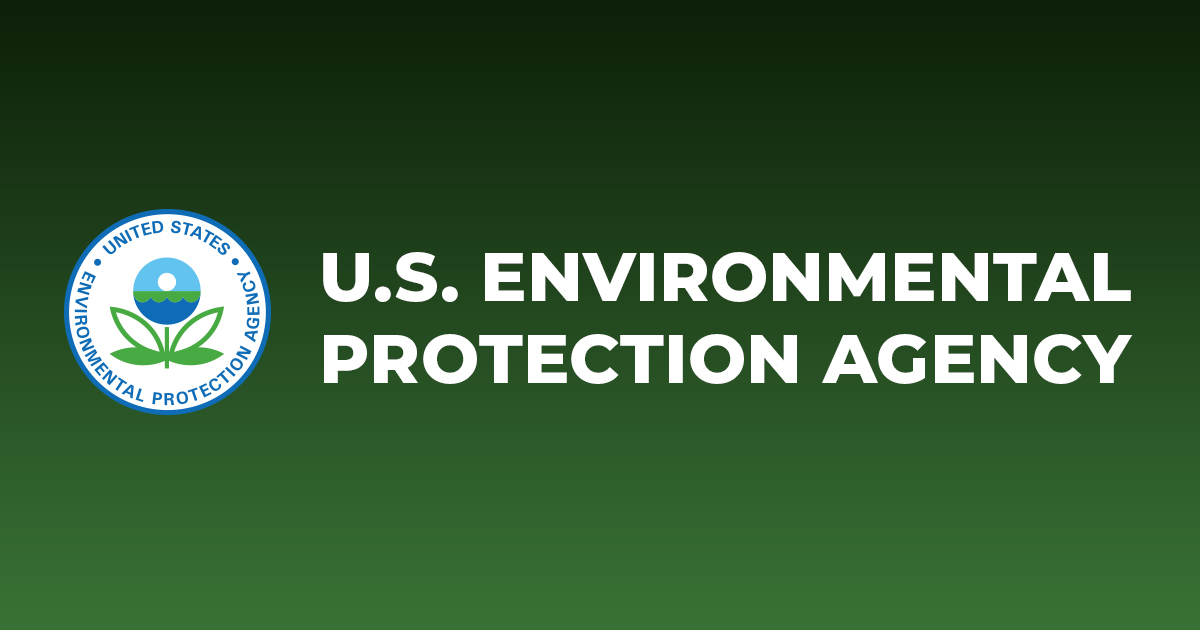Wildfires, a longstanding and frequent threat to California, are expected to increase in intensity and frequency. While wildfires can pose a severe threat to property and public safety, they can also have a significant effect air quality.
Wildfires create an increase the amount of particulate matter in the air. Because of this, California included wildfire threat within its 2009 Climate Adaptation Strategy. The strategy seeks to reduce and adapt to the increasing future threat to air quality from wildfires.
Consistent with adaptation planning practices, California conducted a vulnerability assessment. This helped to better understand the projected magnitude of impact a changing environment could have on wildfire activity. Concerns explored included the effectiveness of California’s carbon sinks (i.e., carbon stored in vegetation) and how projected changes are expected to impact them.
While there are many factors that may influence the past trends, changes in the environment are expected to significantly impact California’s forests and contribute to an increase of wildfires in the projected future. California’s 2010 Rangeland Assessment noted that the fire season has been starting sooner and ending later. In addition, the severity of wildfire acreage burned has been increasing in recent years.
The Rangeland Assessment also includes reference to studies that suggest the increased number of wildfires will lead to a corresponding increase in the number of ‘bad’ air days from particulate matter.
California is anticipating how projected changes will affect wildfires and associated public health concerns. Adaptation actions under consideration include:
Protecting forests.Increasing public awareness of proper land management strategies.Promoting efforts to better maintain air quality.
For more information on how California is planning and adapting, visit:
How Did They Do It?Applicable EPA Tools
Assessed public health risk from increased wildfires due to changing conditions
Developed a 2018 California Climate Assessment that included in depth analysis of projections and impacts to the forestry sector from wildfires.Conducted a Forest and Rangeland Resources Assessment that used Global Climate Models. These models were used to simulate the projected temperature changes under two separate emissions scenarios to create:A threat index for California Forests.A Fire Hazard Severity Zone map of the state.Included risks for wildfires and associated impacts to air quality within the Safeguarding California: Implementation Action Plan for The Public Health Sector (PDF)(49 pp, 1.3 MB).Review the 2014 Quadrennial Fire Review (PDF) (96 pp, 4.4 MB) to evaluate the strategic outlook of wildland fire management over the next 10-20 years and use EPA’s Wildfire Smoke Guide for Public Health Officials to identify potential impacts to public health.
Identified adaptation strategies and created local resources
Identified resiliency strategies in the 2018 California Climate Adaptation Strategy (PDF) including:Fire suppression efforts.Near- and long-term adaptation strategies to:Develop institutional capacity to monitor and mitigate the increased threat and risk of wildfires.Reduce wildfires and the associated impacts to air quality and human health.Promoted public awareness for the need to reduce the frequency and intensity of wildfires.Provided grant funds to local organizations to fund projects related to:Fuel (vegetation) hazard reduction.Fire prevention education and training.Fire prevention planning.Provided guidelines on “Cal-Adapt” on vulnerabilities and how communities can:Identify adaptation strategies.Develop tools to deal with increased wildfire risk.Created a public website with an interactive projection of wildfire risk for both regions and individuals. This website helps to gauge future wildfire risk around the state under two different emissions scenarios.Use the Forest Service’s LANDFIRE (Landscape Fire and Resource Management Planning Tools) to map vegetation, fire, and fuel characteristics at a landscape scale to support resource management initiatives.
* (This is a non-EPA resource from the U.S. Forest Service.)Similar Cases and More Information
Wildfires pose extreme threats to public safety. However, this case focuses on EPA’s role in protecting air quality. For more information on wildfires, including the impact to human health and safety, please visit the U.S. Resiliency Toolkit.
For another example on how a community is adapting to air quality concerns see the Salt Lake City case.

